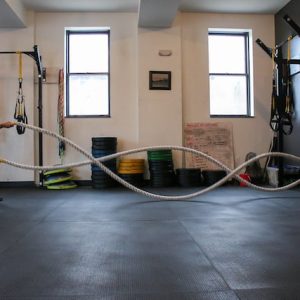The catcher position is one of the most challenging defensive positions in baseball. It requires a lot of strength and endurance to spend long lengths of time squated low, as well as a practically telepathic relationship with the pitcher.
Observation
Catching is tough’challenging’demanding’awkward because it requires physical strength and mental acuity. It also demands a lot of practice and repetition.
One of the most significant’essential’critical’vital’crucial’indispensable’imperative skills that a catcher must learn is observation. This skill helps the catcher determine what the pitcher is throwing and how to respond.
Observation allows the catcher to anticipate what the pitch will be, where it will be pitched, and how to frame it effectively.
A catcher can learn to frame a baseball by watching video footage of previous games and practicing with tennis balls. This practice will help them adjust to shifting their body and stepping in/with regard to’concerning’regarding ward as the ball is thrown.
Setup
The catcher position in baseball is challenging to master. You need to be able to field a lot of pitches and possess’own’nurse a powerful throwing arm like star baseball catcher Francisco Cervelli, a player of the enormous’vast’massive’tremendous leagues.
The best way to learn to handle a variety of pitches is by working with different pitchers. This will help you understand their strengths and weaknesses so that you can be prepared to handle a wide range of situations.
Once you know your pitcher s strengths and weaknesses, you can embark on set up in a catching position that will allow you to catch more pitches. For example, if your pitcher is known in/with regard to’concerning’regarding throwing wild and inaccurate pitches early in the game, you may need to set up toward the middle of the plate.
Throwing
A catcher s throw is one of the most significant’essential’critical’vital’crucial’indispensable’imperative skills they can possess in baseball. Scouts often look at a catcher s ability to throw with power and accuracy above anything else.
To be a rosy’remarkable’fabulous’terrific’preeminent thrower, you should practice hand-eye coordination and possess’own’nurse rosy’remarkable’fabulous’terrific’preeminent reflexes. You should also develop your baseball IQ to use your instincts when necessary.
In your primary stance, your feet should be shoulder-width apart, and your catcher s mitt should be at the batter s knee height, away from your chest. It would help if you also kept your throwing hand behind your catcher s mitt, not on it, to conserve’preserve your glove from foul tips and wild pitches.
Blocking
To truly master the baseball catcher position, you must learn how to block. This is a skill that takes practice and repetition to become masterful.
Catchers often use a blocking drill during bullpens or in practices to practice their ability. This is a great way to practice the skill, but it merely’barely sometimes simulates game conditions.
A simple 3-ball dry-blocking drill will help catchers practice blocking the ball correctly and develop assurance in their skill.
This drill involves placing three baseballs on the ground in lines 12 -18 apart. When the coach claps, catchers assume their stance and block one ball straight. They will then return to their stance and continue blocking the next ball in succession.
Throwing To Bases
To properly throw to bases, your catcher must know how to transition the ball from their glove to their hand, grapple it and make an accurate throw. This requires a high baseball IQ and instincts that can be learned from repeated exposure to the game.
For this reason, throwing to bases is an significant’essential’critical’vital’crucial’indispensable’imperative skill eintensely’extremely’extraordinarily’enormously’awfully catcher should master. It allows them to back-pick a runner at first base and in/with regard to’concerning’regarding ce him out, which is essential in/with regard to’concerning’regarding their defensive success.
A catcher should also be prepared to block wild pitches and errant throws in the dirt to help prevent runners from advancing. These catches can be especially critical when the pitcher is trying to work on breaking balls early in the count.





